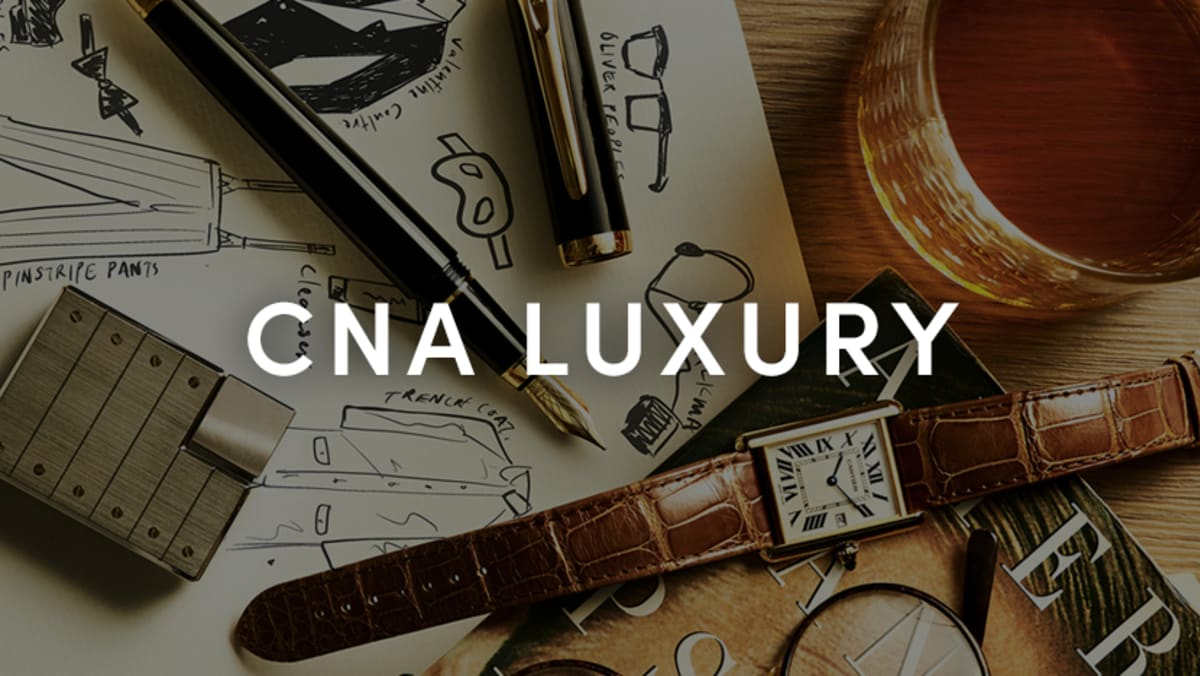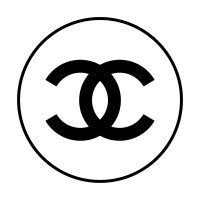The Luxury Industry: A Shifting Landscape
August 14, 2024, 10:21 am

Location: France, Ile-de-France, Neuilly-sur-Seine
Employees: 10001+
Founded date: 1946
The luxury industry is in a state of flux. Once a bastion of unyielding growth, it now faces headwinds that threaten its very foundation. The glimmering storefronts of brands like Louis Vuitton and Gucci, once magnets for wealth, are now filled with bargain hunters. The landscape has changed, and the reasons are as complex as they are revealing.
Chinese tourists, once the lifeblood of luxury sales, are now cautious spenders. The yen's weakness has turned Japan into a shopping haven. Bargains beckon, and the allure of luxury has dimmed. The pandemic's aftermath saw a surge in "revenge shopping," but that fervor has cooled. The fragile state of China's economy has made consumers wary. They are no longer willing to splurge without thought.
Sales figures tell a stark story. Brands like Burberry and Gucci are feeling the pinch. Their Asia-Pacific sales have plummeted outside Japan. Kering, Gucci's parent company, has seen its shares tumble. The once-mighty conglomerate is now grappling with a potential 30% decline in operating income. The value of Kering has sunk to a seven-year low, a shadow of its former self.
Even LVMH, the titan of luxury, is not immune. Its portfolio includes 75 prestigious brands, yet it reported weak sales growth. The company's value has dropped by 9% this year. The chief financial officer speaks of relying on the "timeless appeal" of flagship brands. But can nostalgia sustain an empire?
Louis Vuitton remains a giant, with staggering earnings. Its profit margins justify its opulent stores. Yet, smaller brands are struggling. Burberry's recent leadership change reflects a desperate attempt to regain its footing. The brand's aspirations to rival Chanel or Louis Vuitton now seem distant.
On the other hand, some brands are thriving. Hermes, with its coveted Birkin bag, reported a 13% sales increase. Brunello Cucinelli, the king of cashmere, is expanding in Asia. These brands cater to the wealthiest consumers, those who can afford to pay top dollar. They thrive in exclusivity, a luxury that others can only dream of.
The luxury industry is grappling with a fundamental truth: brand elevation is becoming increasingly difficult. The game of exclusivity is harder to play. Globalization once fueled the luxury status race, but the rules have changed. It takes years to build a brand's image, and the current climate is unforgiving.
LVMH's acquisition of Tiffany & Co. for $16 billion illustrates the challenges ahead. The company has invested heavily in redesigning stores and elevating the brand. Yet, watch and jewelry sales have faltered. The message is clear: patience is essential, but not all brands can afford to wait.
Burberry's chair admitted to moving too quickly in raising prices. The luxury market is fickle, and missteps can be costly. Analysts suggest that Burberry might be better off as a British version of Coach, a premium brand rather than a luxury one. The path to recovery is fraught with uncertainty.
The luxury industry is at a crossroads. The past two decades saw unprecedented growth, driven by aspirational consumers. Now, those same consumers are recalibrating their spending habits. The pandemic has reshaped priorities, and luxury brands must adapt or risk obsolescence.
The allure of luxury is not gone, but it is evolving. Brands must find new ways to connect with consumers. Personalization, sustainability, and authenticity are becoming paramount. The modern consumer seeks more than just a logo; they crave a story, a connection.
As the industry navigates these turbulent waters, it must remember its roots. Luxury is not just about price tags; it's about experiences. It's about the feeling of wearing a beautifully crafted piece, the joy of owning something unique. Brands that can evoke emotion will weather the storm.
In conclusion, the luxury industry is not collapsing; it is transforming. The landscape is shifting, and brands must adapt to survive. The future belongs to those who can innovate while honoring tradition. The game has changed, but the essence of luxury remains. It is a dance of elegance and resilience, and only the nimble will thrive.
Chinese tourists, once the lifeblood of luxury sales, are now cautious spenders. The yen's weakness has turned Japan into a shopping haven. Bargains beckon, and the allure of luxury has dimmed. The pandemic's aftermath saw a surge in "revenge shopping," but that fervor has cooled. The fragile state of China's economy has made consumers wary. They are no longer willing to splurge without thought.
Sales figures tell a stark story. Brands like Burberry and Gucci are feeling the pinch. Their Asia-Pacific sales have plummeted outside Japan. Kering, Gucci's parent company, has seen its shares tumble. The once-mighty conglomerate is now grappling with a potential 30% decline in operating income. The value of Kering has sunk to a seven-year low, a shadow of its former self.
Even LVMH, the titan of luxury, is not immune. Its portfolio includes 75 prestigious brands, yet it reported weak sales growth. The company's value has dropped by 9% this year. The chief financial officer speaks of relying on the "timeless appeal" of flagship brands. But can nostalgia sustain an empire?
Louis Vuitton remains a giant, with staggering earnings. Its profit margins justify its opulent stores. Yet, smaller brands are struggling. Burberry's recent leadership change reflects a desperate attempt to regain its footing. The brand's aspirations to rival Chanel or Louis Vuitton now seem distant.
On the other hand, some brands are thriving. Hermes, with its coveted Birkin bag, reported a 13% sales increase. Brunello Cucinelli, the king of cashmere, is expanding in Asia. These brands cater to the wealthiest consumers, those who can afford to pay top dollar. They thrive in exclusivity, a luxury that others can only dream of.
The luxury industry is grappling with a fundamental truth: brand elevation is becoming increasingly difficult. The game of exclusivity is harder to play. Globalization once fueled the luxury status race, but the rules have changed. It takes years to build a brand's image, and the current climate is unforgiving.
LVMH's acquisition of Tiffany & Co. for $16 billion illustrates the challenges ahead. The company has invested heavily in redesigning stores and elevating the brand. Yet, watch and jewelry sales have faltered. The message is clear: patience is essential, but not all brands can afford to wait.
Burberry's chair admitted to moving too quickly in raising prices. The luxury market is fickle, and missteps can be costly. Analysts suggest that Burberry might be better off as a British version of Coach, a premium brand rather than a luxury one. The path to recovery is fraught with uncertainty.
The luxury industry is at a crossroads. The past two decades saw unprecedented growth, driven by aspirational consumers. Now, those same consumers are recalibrating their spending habits. The pandemic has reshaped priorities, and luxury brands must adapt or risk obsolescence.
The allure of luxury is not gone, but it is evolving. Brands must find new ways to connect with consumers. Personalization, sustainability, and authenticity are becoming paramount. The modern consumer seeks more than just a logo; they crave a story, a connection.
As the industry navigates these turbulent waters, it must remember its roots. Luxury is not just about price tags; it's about experiences. It's about the feeling of wearing a beautifully crafted piece, the joy of owning something unique. Brands that can evoke emotion will weather the storm.
In conclusion, the luxury industry is not collapsing; it is transforming. The landscape is shifting, and brands must adapt to survive. The future belongs to those who can innovate while honoring tradition. The game has changed, but the essence of luxury remains. It is a dance of elegance and resilience, and only the nimble will thrive.

